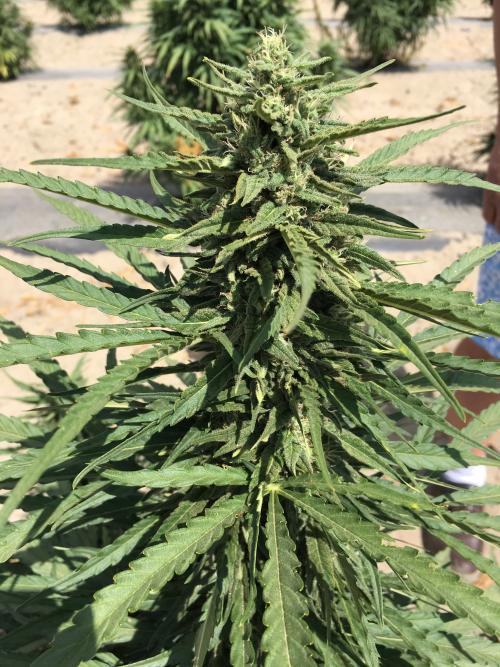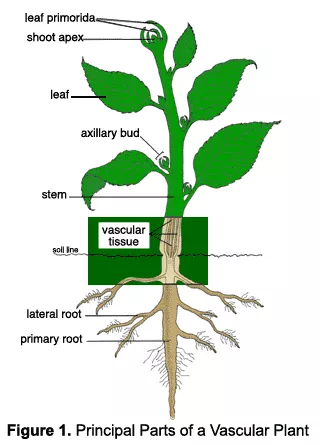Vegetative Plant Parts of Hemp
Quick Summary
- It’s important to understand some of the basic plant biology behind our growers’ decisions. Here is a review of vegetative plant biology specialised to hemp.

Hemp, as it grows in the wild is dioicous; it has separate male and female plant parts. However, the image of hemp that most people have is that of the female plant.
Roots:
Hemp grown from seed generally has a laterally branched tap root, like most dicotyledons. A tap root as depicted in Fig 1.
There is limited literature to support this but anecdotally, hemp will develop a fibrous root system when transplanted or grown from a cutting.
The three main structures of a root are the meristem, zone of elongation and zone of maturation. The meristem is at the tip and where the plant manufactures new cells, the zone of elongation pushed the root through the soil and the zone of maturation is directly beneath the stem, this is where specific tissues we find throw-out the rest of the plant develop. All three structures are coated in the root’s epidermis, which is responsible for absorbing water and minerals.
Stem:

The stem and the zone of maturation are comprised of vascular tissue, the xylem and phloem. The xylem
conducts water and minerals and the phloem caries sugars. The vascular cambium is a layer of tissue that is between the xylem and phloem and produces new cells that make the stem increase in girth. In monocots like hemp the phloem is near the bark forming a woody stem while the xylem is on the inside.
The node is an important identifiable feature of the stem, its where the buds are located. Its also a great site of cellular activity and growth. By observing the length between nodes one can learn to spot signs of stress in a plant.
Leaves:
Leaves photosynthesis to produce sugars for the plant. Figure 2.
Leaves emerge from nodes, either with petioles, stem like structures or without as sessile leaves. Leaf’s, like the stem and the root have an epidermis. This epidermis is specialized with guard cells that regulate the opening and closing of stomata, allowing water, oxygen and carbon dioxide to move in and out of the plant. Sandwiched in between the epidermis of the leaf is the mesophyll where photosynthesis takes
place.

The iconic hemp leaf is often called a “fan leaf”, it’s actually a compound leaf with an odd number of lanceolate and serrated leaflets. Lanceolate describes the tapered shape and serrated describes the jagged edge.
For more information visit: https://extension.oregonstate.edu/gardening/techniques/vegetative-plant-parts
